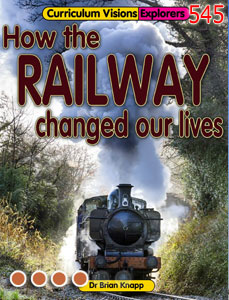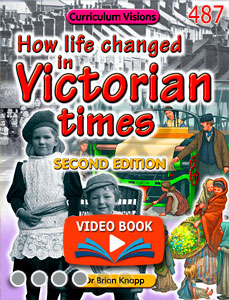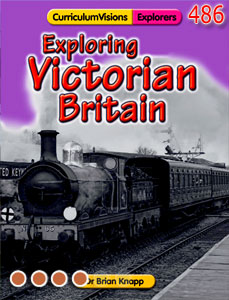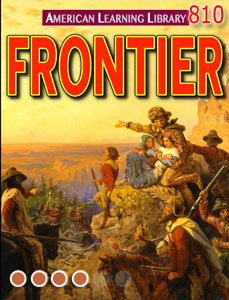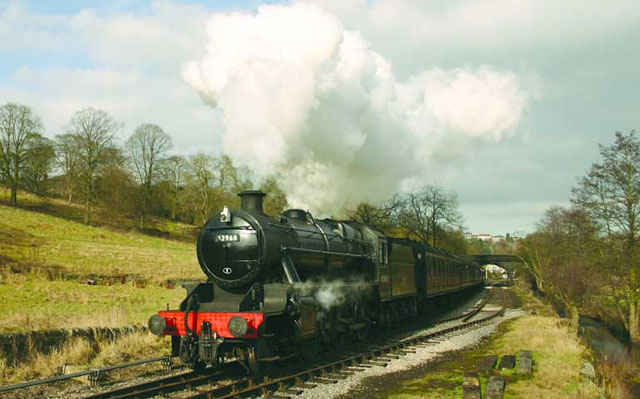The railway is two things: rails and locomotives with carriages.
People had been using rails for hundreds of years. They were used in mines. Small carts were pushed along the rails (usually by small boys).
But locomotives had to be invented, and this came about when someone decided to put a steam engine on a platform with wheels and use the engine to turn the wheels. The first to experiment with locomotives was Richard Trevithick of Cornwall (1805). But his locomotives did not have enough pulling power. It did not take long for that problem to be overcome.
The whole purpose of the new railway was to carry goods cheaply and quickly. The heaviest and bulkiest thing was coal. That is why the world’s first public railway was laid for 40km from the coalfields of Durham (Darlington) to the coast (Stockton). Coal could then be carried by ship along the coast to the factories of London.
The railway was so successful that soon a brand new town was built even closer to the sea. It was called Middlesbrough, and bigger ships could reach it.
This new town was so well placed that it was not long before an iron and steel works was built there, too. And it was not long after that the area between Stockton and Middlesbrough became one of the most important industrial areas in the world. All this was due to the railway bringing coal and iron to a port by the sea. Finished iron and steel, as well as coal, then went to all parts of the British Empire.
But it was not just happening at Middlesbrough. It happened wherever the railway reached the sea. Soon it was happening in all the port cities of America, too.
The world’s first railway carried 10,000 tons in the first three months. Before this, coal was moved by horse and cart or donkey. As a result of the railway, the price of coal dropped by half in just one year! This led to more demand for the cheaper coal, and so the amount carried by the new railways just kept rising.
If the railway could carry coal from coal mine to docks, could it do other things? It did not take long to find out, for people also wanted to be on the move.
In 1830 a railway from Liverpool to Manchester was opened. But how were people to travel? After all, they were used to travelling by stagecoach, so perhaps stagecoaches should be put on rails? And this is exactly what they did at first, as you can see here. Of course, over time the coaches were changed to make them more comfortable and so on.
Railways were soon being built in many countries. They were successful in all of them. But they were especially important in big countries, for a big country is not surrounded by water and so ships could not be used as successfully in, for example, the USA as they could be in the UK. That is why the two big countries where the new railway changed everything were the United States and India.
In the United States, the railways, called the 'iron roads', and then 'railroads' -allowed the country to become united for the first time. Goods could be pulled in wagons from the Pacific Coast to the Atlantic coast by locomotive, and not have to be taken all the way around the south of South America by ship. It saved huge amounts of time and money. The locomotive could pull wagons filled with cattle from farmlands in the west to stockyards at Chicago, and then on to the east coast. As a result, the price of beef fell, and the US began its love affair with the hamburger.
